Usage guidelines and limitations for TI-LFA
Guidelines
-
IGP directly programs a TI-LFA backup path requiring 3 or fewer labels, including the label of the protected destination prefix.
-
IGP automatically instantiates an SR-TE policy to program a TI-LFA backup path with up to 10 labels, including the label of the protected destination prefix.
Limitations
| TI-LFA Functionality | IS-IS1 | OSPFv2 |
|---|---|---|
| Protected Traffic Types | ||
| Protection for SR labeled traffic | Supported | Supported |
| Protection of IPv4 unlabeled traffic | Supported (IS-ISv4) | Supported |
| Protection of IPv6 unlabeled traffic |
Supported (IS-ISv6) |
N/A |
| Protection Types | ||
| Link Protection | Supported | Supported |
| Node Protection | Supported | Supported |
| Local SRLG Protection | Supported | Supported |
| Weighted Remote SRLG Protection |
Supported |
Supported |
| Line Card Disjoint Protection |
Supported |
Unsupported |
| Interface Types | ||
| Ethernet Interfaces | Supported | Supported |
|
TI-LFA with L3VPN |
Supported |
Supported |
| Ethernet Bundle Interfaces |
Supported |
Supported |
| TI-LFA over GRE Tunnel as Protecting Interface |
Supported |
Supported |
|
Bridge Virtual Interfaces (BVI) |
Unsupported |
Unsupported |
|
Network Virtualization (nV) Satellite Access Interfaces |
Unsupported |
Unsupported |
| Additional Functionality | ||
| Maximum number of labels that can be pushed on the backup path (including the label of the protected prefix) | 10 | 10 |
| BFD-triggered | Supported | Supported |
| BFDv6-triggered | Supported |
N/A |
| Prefer backup path with lowest total metric |
Supported |
Supported |
| Prefer backup path from ECMP set | Supported | Supported |
| Prefer backup path from non-ECMP set | Supported | Supported |
| Load share prefixes across multiple backups paths |
Supported |
Supported |
| Limit backup computation up to the prefix priority | Supported | Supported |



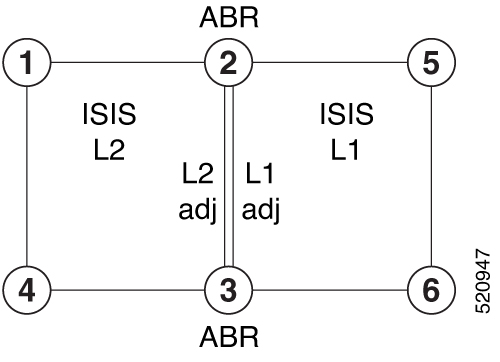



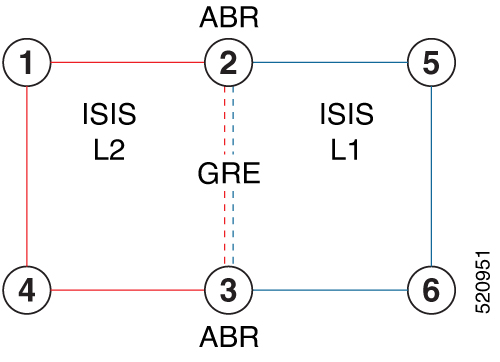



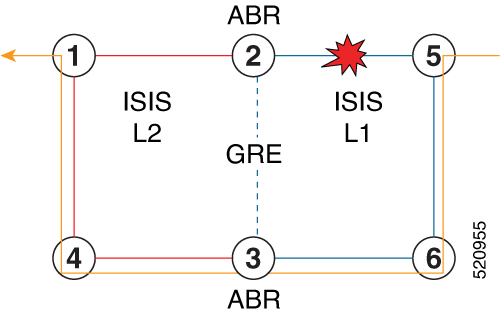
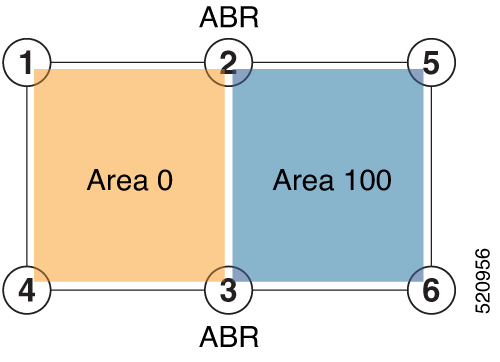
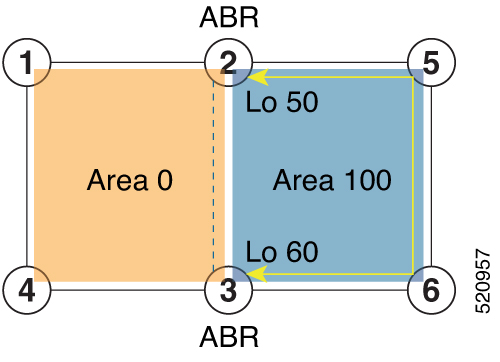

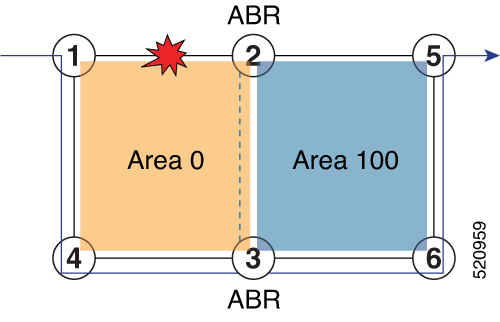
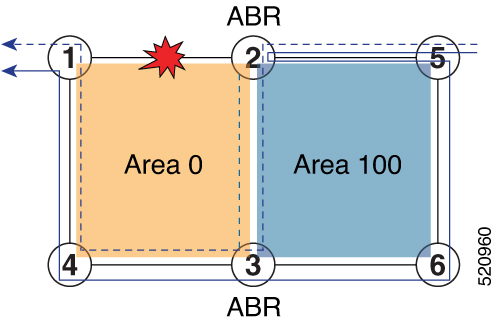
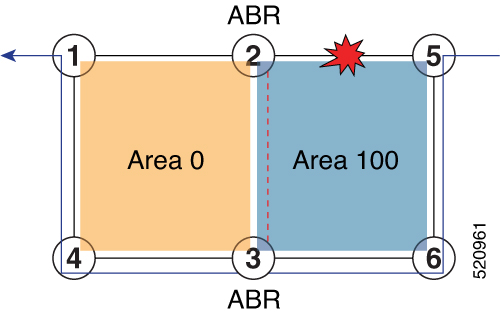
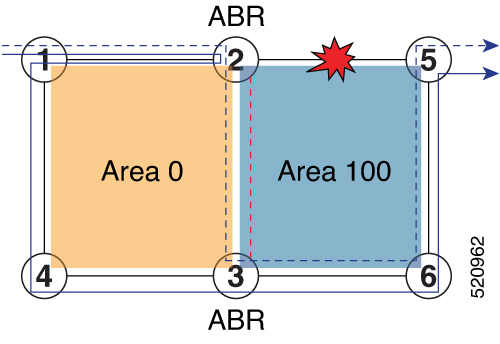
 Feedback
Feedback